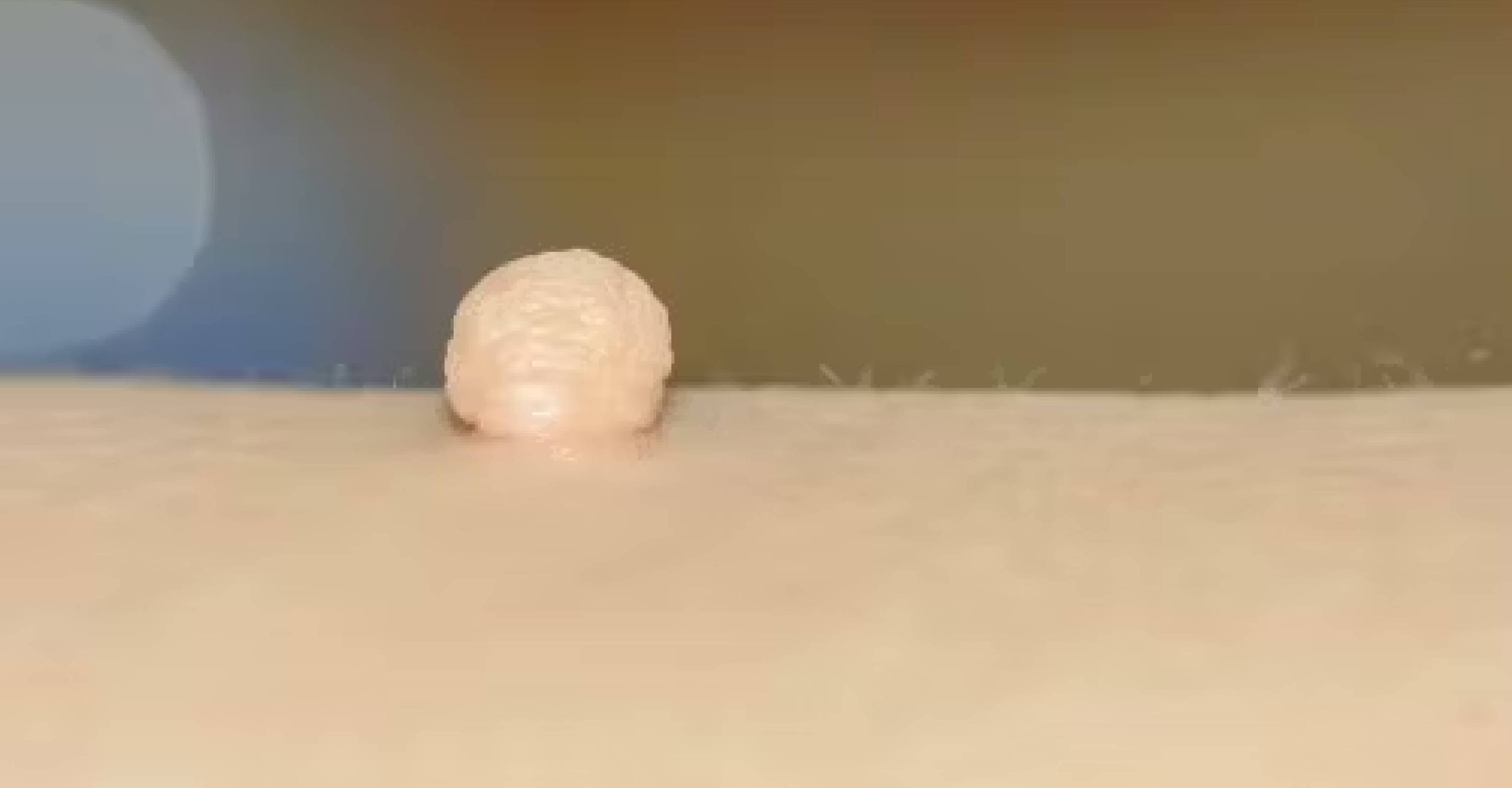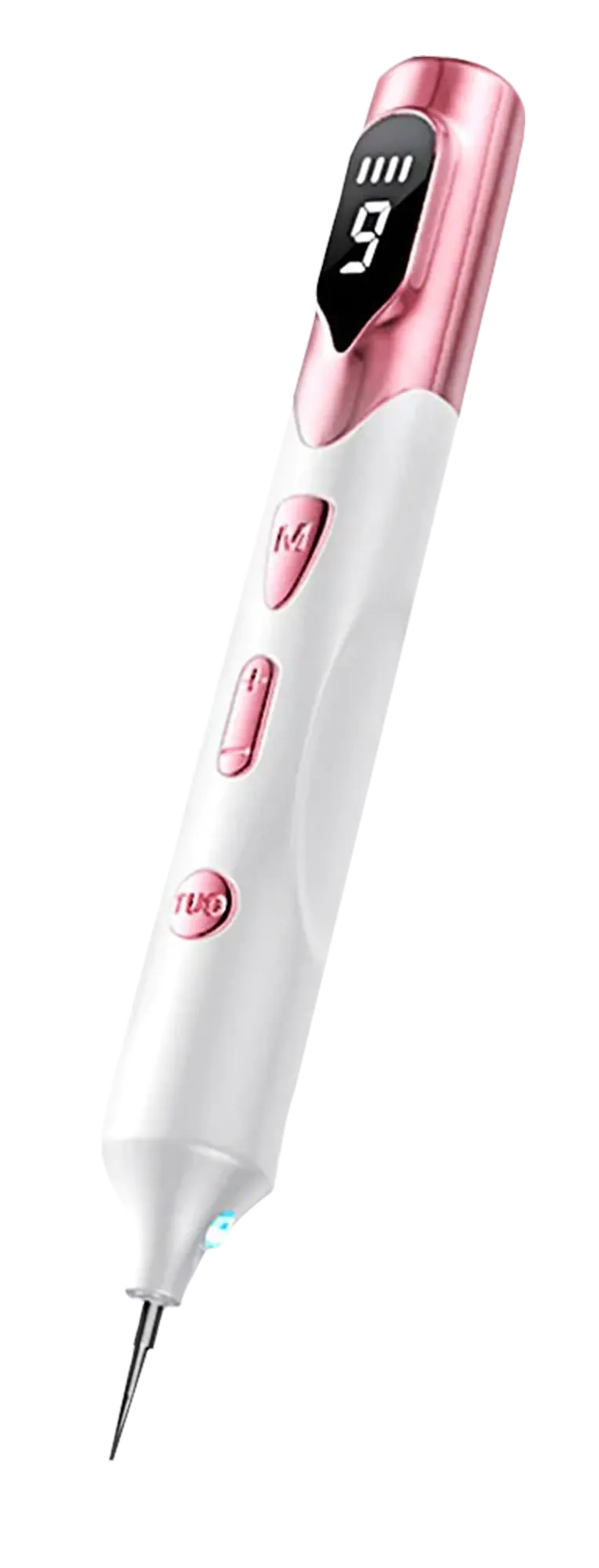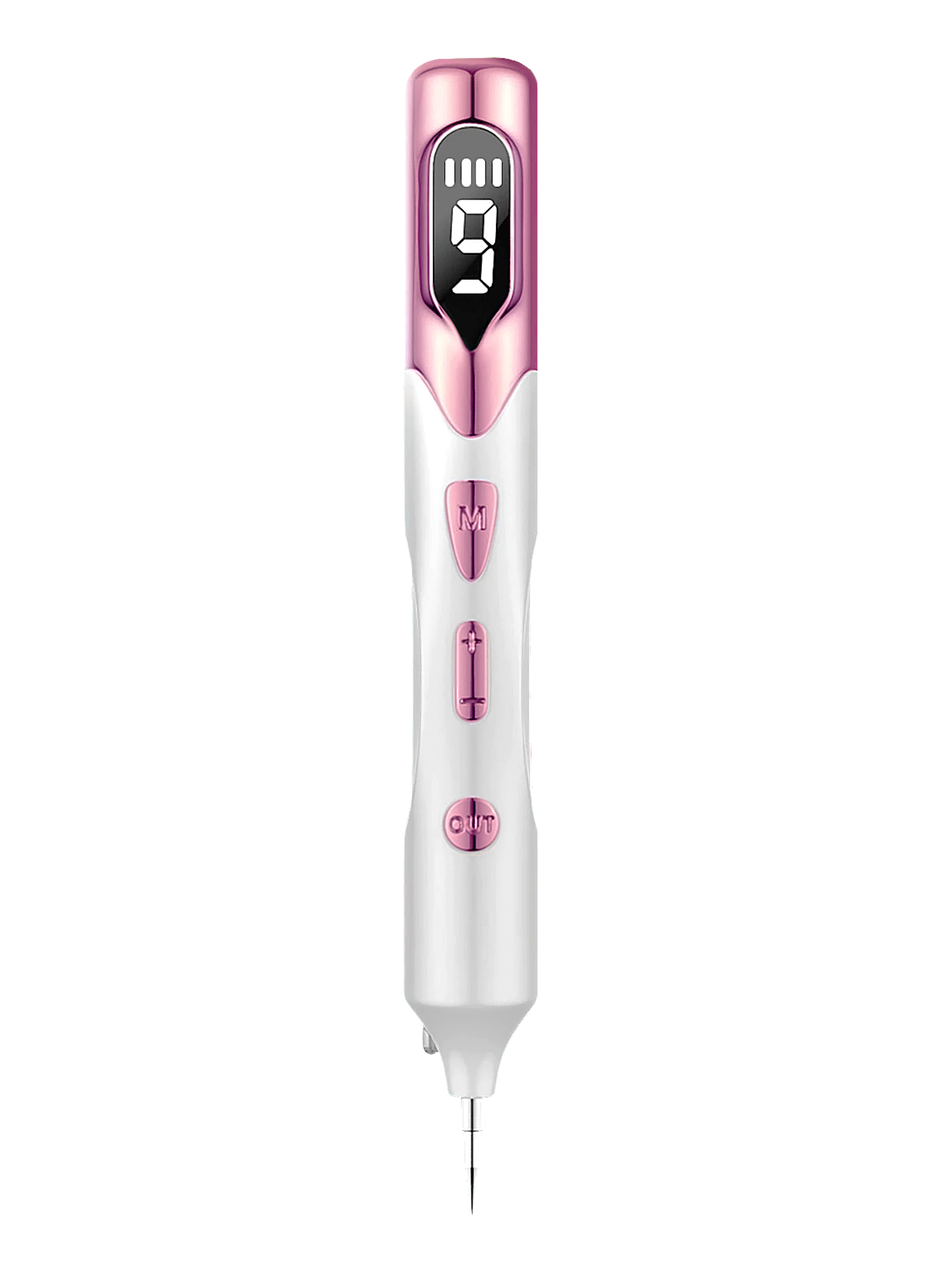Best Ways Remove Annoying Skin Tags on Sensitive Areas
Published on Jul 25, 2023

Skin tags on sensitive areas
What are labia skin tags?
Labia skin tags are small, benign growths of skin that can appear on the folds of the labia minora or majora.
These growths are typically soft and flesh-colored, and they may vary in size. While they are harmless and non-cancerous, their presence in such a sensitive area can be a cause for concern.
The exact cause of skin tags on the labia is not fully understood, but they are commonly associated with friction or rubbing of the skin in that area.
Women who are overweight or pregnant, and those who frequently wear tight clothing or engage in activities that cause friction between the skin folds, may be more prone to developing them.
If you've noticed a skin tag on your labia, you might wonder why it appeared.
It's essential to remember that skin tags are not indicative of any underlying health issue or sexually transmitted infection. They are simply a common benign skin condition.
It's also crucial to know the difference between skin tags and other skin conditions that may occur in the same area, such as warts.
Unlike skin tags, genital warts are caused by certain strains of the human papillomavirus (HPV) and are considered a sexually transmitted infection.
Warts can be contagious and may require specific medical treatments for removal. So, It's so important that you be sure about the nature of the growth on your labia.
Do’s and Don'ts of removal methods in sensitive areas
When it comes to removing skin tags on the labia, there are several approaches available, each with its own set of advantages and considerations.
It's important to consider the pros and cons of each removal method, especially when dealing with sensitive areas like the labia.
Let's explore some of them, both DIY approaches and professional treatments.
DIY approaches
For at-home solutions for labia skin tag removal, there are a few DIY approaches and products available.
Here are some common of them:
Tying off with dental floss: This method involves tying a clean piece of dental floss around the base of the skin tag to cut off its blood supply. As a result, the skin tag may eventually wither and fall off. It requires precision and gentle handling due to the sensitivity of the labia.
Topical creams and solutions: They may offer a non-invasive option. These products typically contain ingredients to break down the skin tag. It's crucial to choose formulas specifically designed for sensitive areas and follow the instructions carefully.
Natural remedies: These remedies may have varying levels of effectiveness, and it's essential to conduct a patch test on a small area of skin before applying any substance to the delicate labia skin.
When considering DIY removal for skin tags on the labia, it's essential to exercise caution and prioritize safety.
The labia is a sensitive area, and any removal method should be gentle to avoid irritation or discomfort.
Professional treatments
For a more immediate and expert solution for labia skin tag removal, seeking professional treatments is a viable option.
Here are some common professional removal methods:
Cauterization: In this procedure, a healthcare professional uses a medical device to burn or cauterize the skin tag, effectively removing it. Is a quick and precise method. But, it may cause some discomfort during the procedure and may require local anesthesia to minimize any pain.
Cryotherapy: It involves freezing the skin tag with liquid nitrogen, causing it to fall off over time. It is a common and effective method for removing skin tags on the labia. Is relatively quick, and most individuals tolerate it well. Some redness or irritation may occur, but it usually resolves within a few days.
Surgical excision: For larger or stubborn skin tags on the labia, surgical excision may be necessary. In this procedure, a healthcare professional will carefully cut out the skin tag using surgical tools. While this method can be effective, it may involve a longer recovery time and require sutures.
Electrocautery: Similar to cauterization, electrocautery involves using an electric current to remove the skin tag. It is a precise method that can be done by healthcare professionals. Some individuals may experience minor discomfort during the procedure.
Remember, whether you choose DIY approaches or seek professional help, prioritizing safety and effectiveness is paramount when dealing with skin tags on sensitive areas like the labia.
Surgical procedures
In certain cases, surgical procedures may be recommended for the removal of genital skin tags, particularly if they are large, numerous, or located in sensitive areas.
They provide a more definitive and precise approach, but they are typically reserved for more complex cases.
Here are common of them used for removing genital skin tags:
Shave excision: It involves using a scalpel to shave off the skin tag at its base, typically at skin level. Is suitable for smaller skin tags and is less invasive than other surgical methods. But, there is a possibility of minor scarring or skin discoloration.
Scissor excision: It is similar to shave excision, but instead of a scalpel, surgical scissors are used to remove the skin tag. this method is appropriate for smaller skin tags with less bleeding and minimal sutures.
Elliptical excision: It involves creating an elliptical incision around the base of the skin tag to completely remove it, including some surrounding healthy skin. This is used for larger or irregular skin tags. But it may leave a more noticeable scar than other surgical methods.
Laser surgery: It utilizes a high-energy laser beam to vaporize and remove the skin tag. Is precise and causes minimal bleeding during the procedure. It is often used for smaller skin tags and may require multiple sessions for complete removal.
Some precautions

A woman cares for her skin
While removing skin tags from sensitive areas like the labia, it is essential to prioritize post-removal care to promote healing and minimize the risk of complications.
Here are some best practices and precautions to consider:
Keep the area clean and dry:
Ensure the treated area is kept clean and dry to prevent infection. Gently clean the area with mild soap and water and pat it dry with a soft towel. Avoid using harsh or scented products that may irritate the skin.
Avoid scratching or touching:
It's natural to feel some itching or discomfort during the healing process but avoid scratching or touching the treated area. Scratching can cause irritation and slow down the healing process.Avoid tight clothing:
Wear loose-fitting, breathable underwear and clothing to reduce friction and irritation on the healing skin tag removal site. Tight clothing may cause unnecessary rubbing and discomfort.
Refrain from sexual activity:
Avoid sexual activity for a few days after the procedure to allow the area to heal properly. If you have any concerns or questions about resuming sexual activity, consult with your healthcare provider.
Monitor for signs of infection:
Keep an eye on the treated area for any signs of infection, such as increased redness, swelling, pus, or fever. If you notice any concerning symptoms, contact your healthcare professional promptly.
It's essential to approach labia skin tag removal with caution and care.
While some DIY approaches can be effective, seeking professional advice and guidance is always recommended, especially when dealing with sensitive areas.
A qualified healthcare provider can assess your specific situation, recommend the most appropriate removal method, and ensure that the procedure is conducted safely.
Ready to make a safe good decision?
Your well-being is essential, and we encourage you to approach this process with care, ensuring your comfort and confidence throughout the journey.

First, we defined labia skin tags and delved into their potential causes and risk factors. Next, we explored several removal methods for labia skin tags such as DIY approaches and professional treatments.
Finally, we saw that post-removal care and precautions were emphasized as crucial factors for a successful and comfortable recovery.
We hope this guide has empowered you to get your best labia skin tag removal, prioritizing safety and effectiveness.
Your well-being is essential, and we encourage you to approach this process with care, ensuring your comfort and confidence throughout the journey.
REMOVE YOUR SKIN TAGS AT HOME WITHOUT THE HIGH PRICE

Skintify Fibroblast Plasma Pen
✓ 60 day money-back guarantee
Get your Skintify Plasma Pen with 30% off!
Say definitely goodbye to skin tags. Don't miss this opportunity to achieve real results.
Visit the site now and place your order before it's too late. Get the flawless skin you've always dreamed of!
Deal ending in:
- 4780 Winchester Blvd, Frederick Maryland, 21703
- support@skintify.co
- +1 786 540 6175




